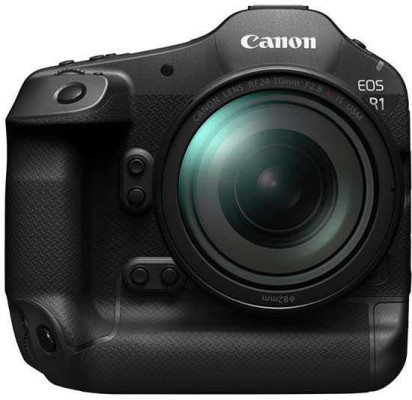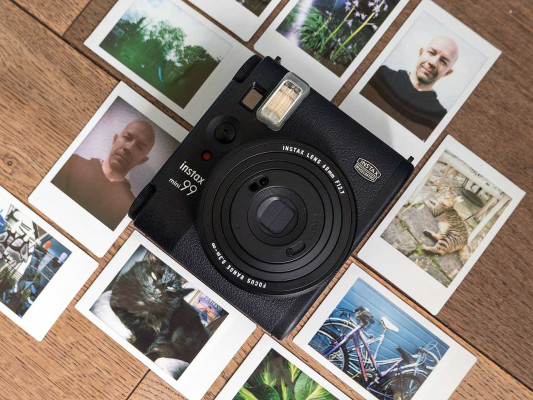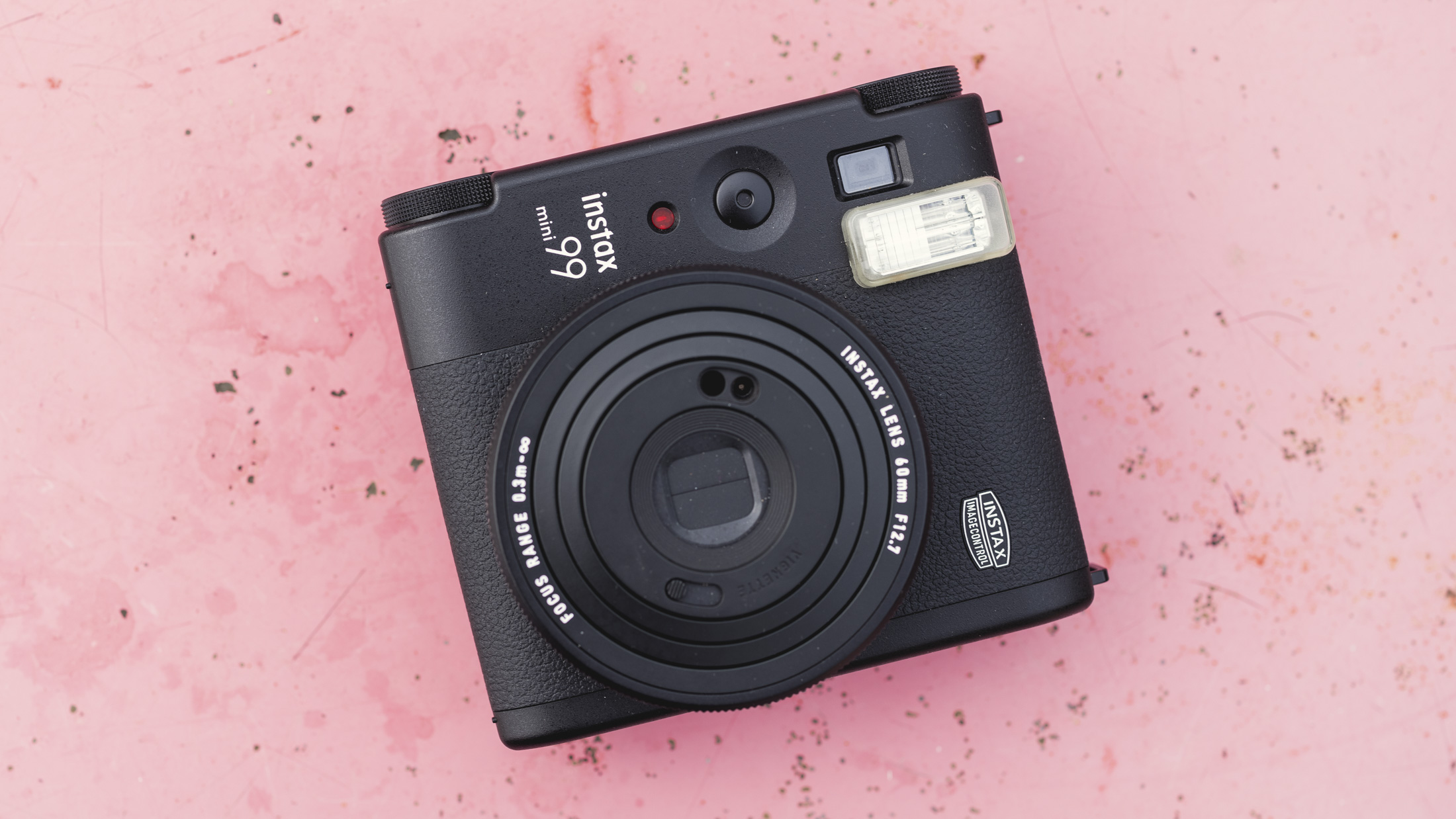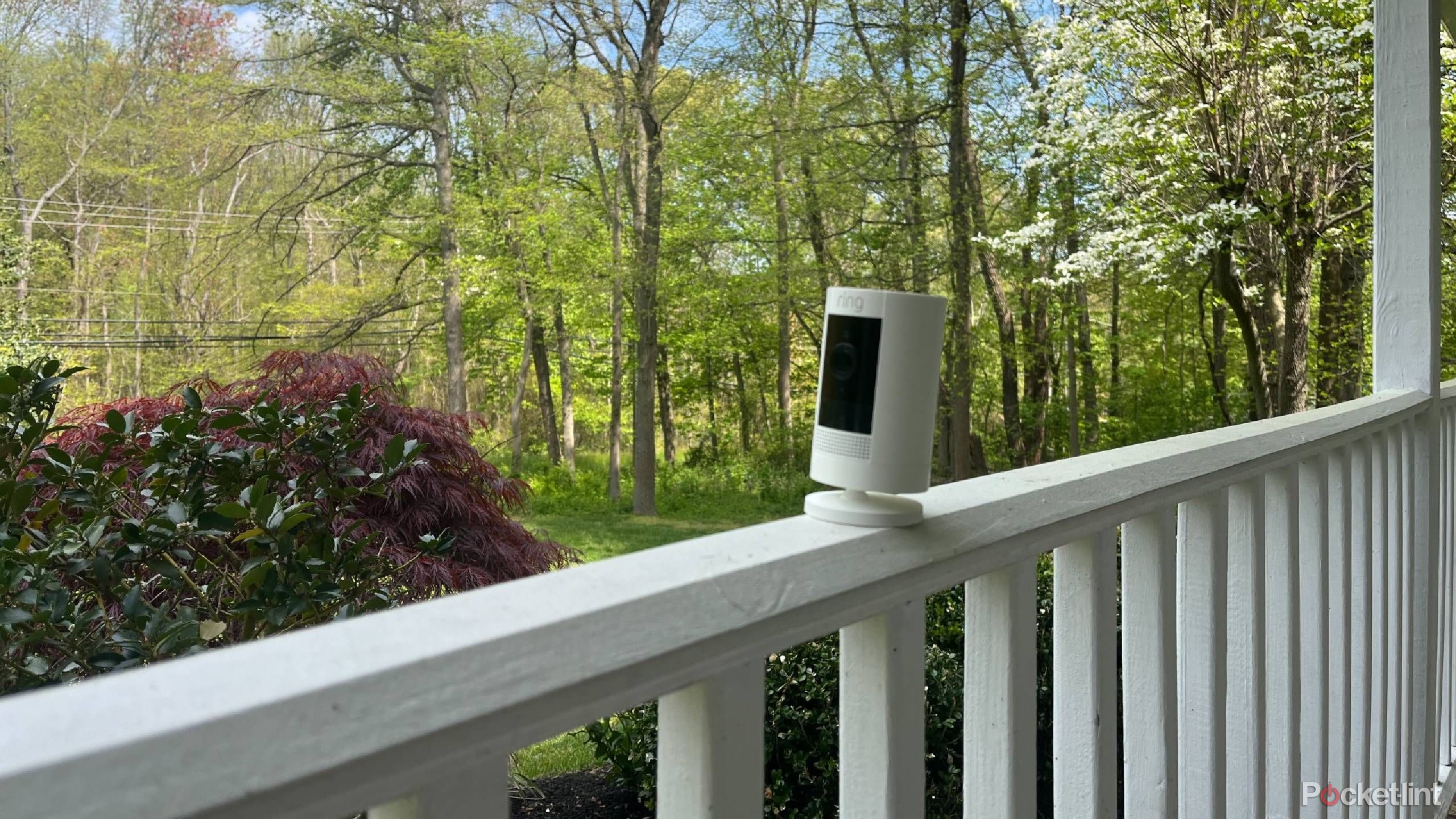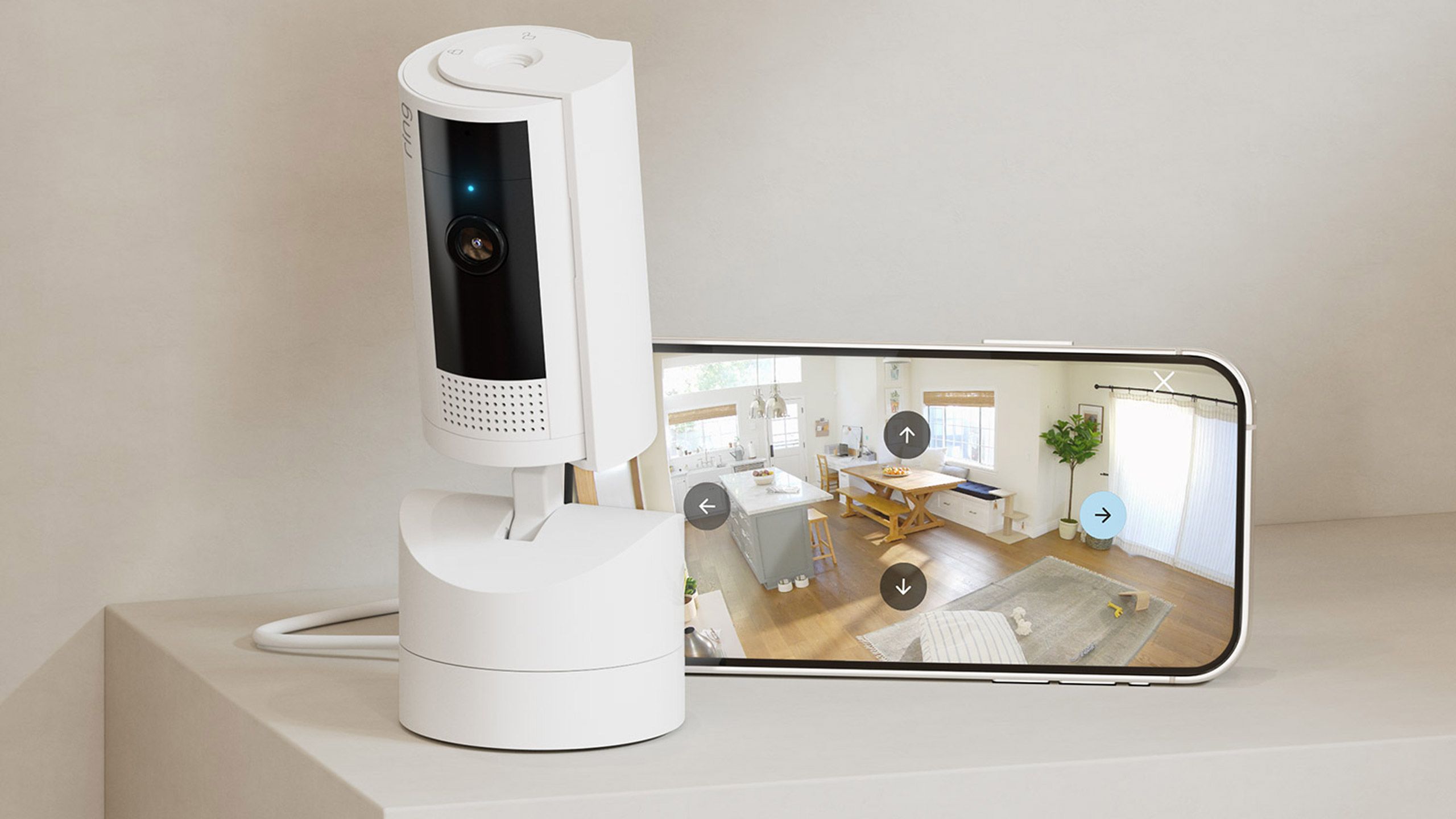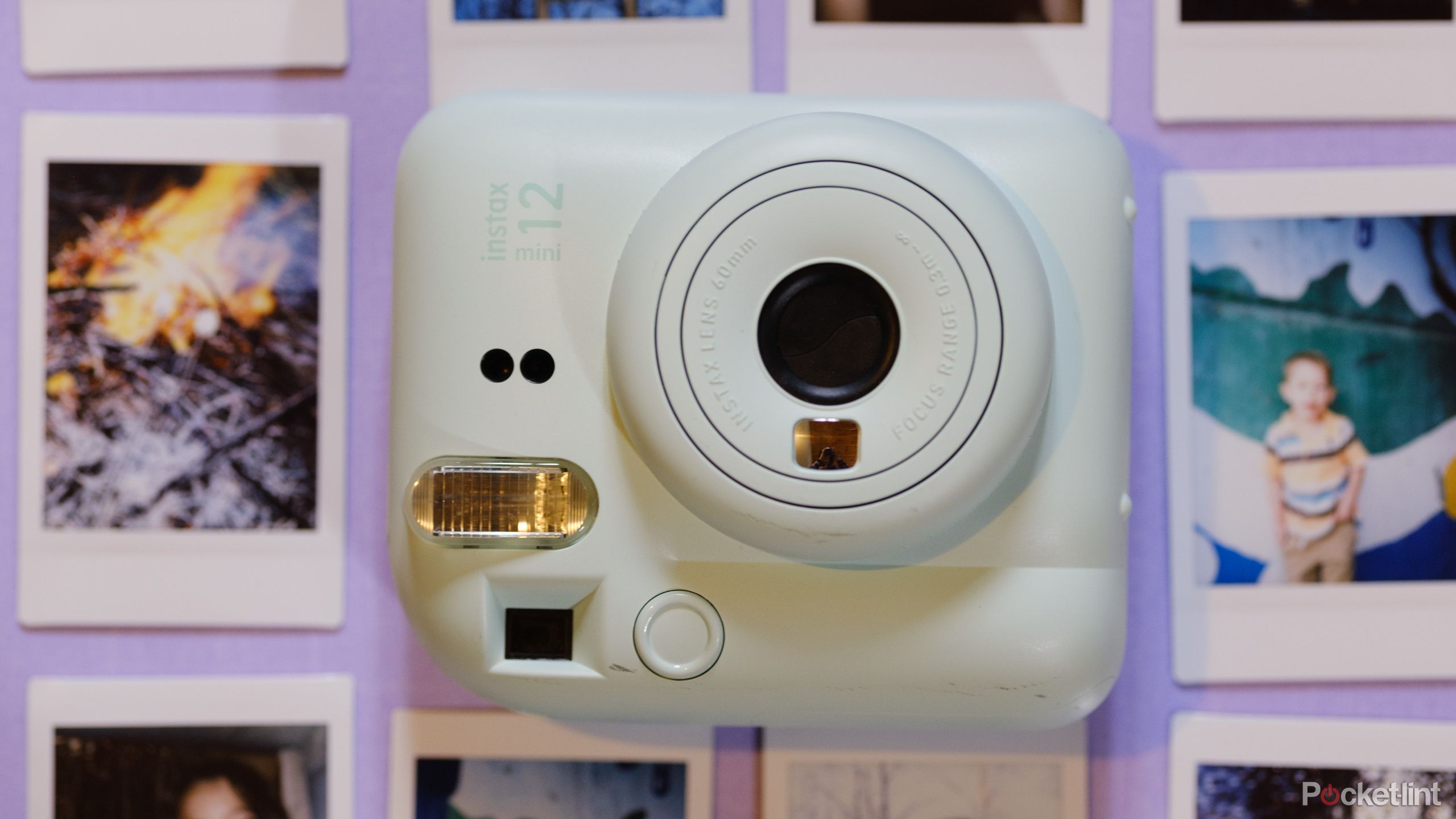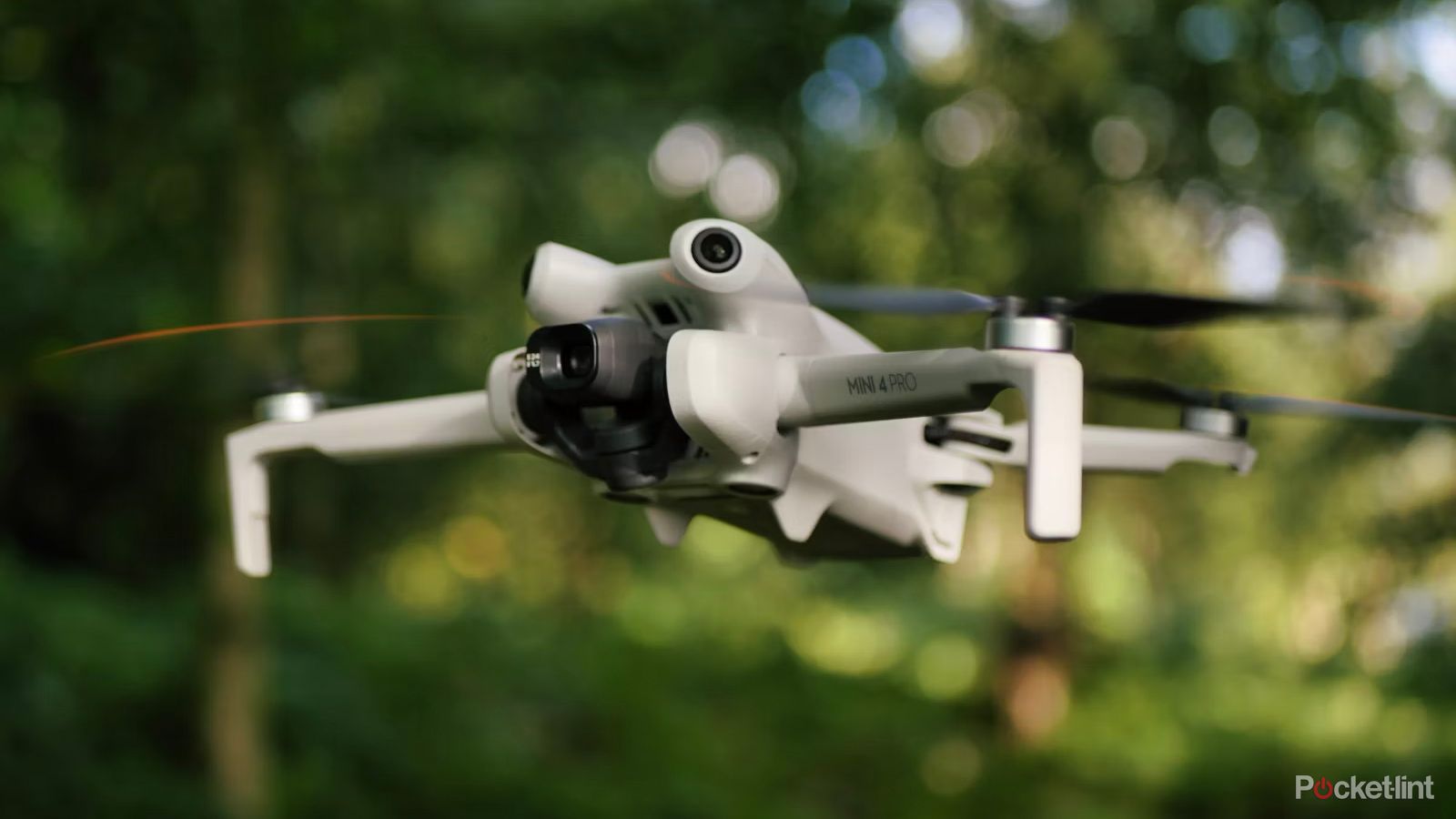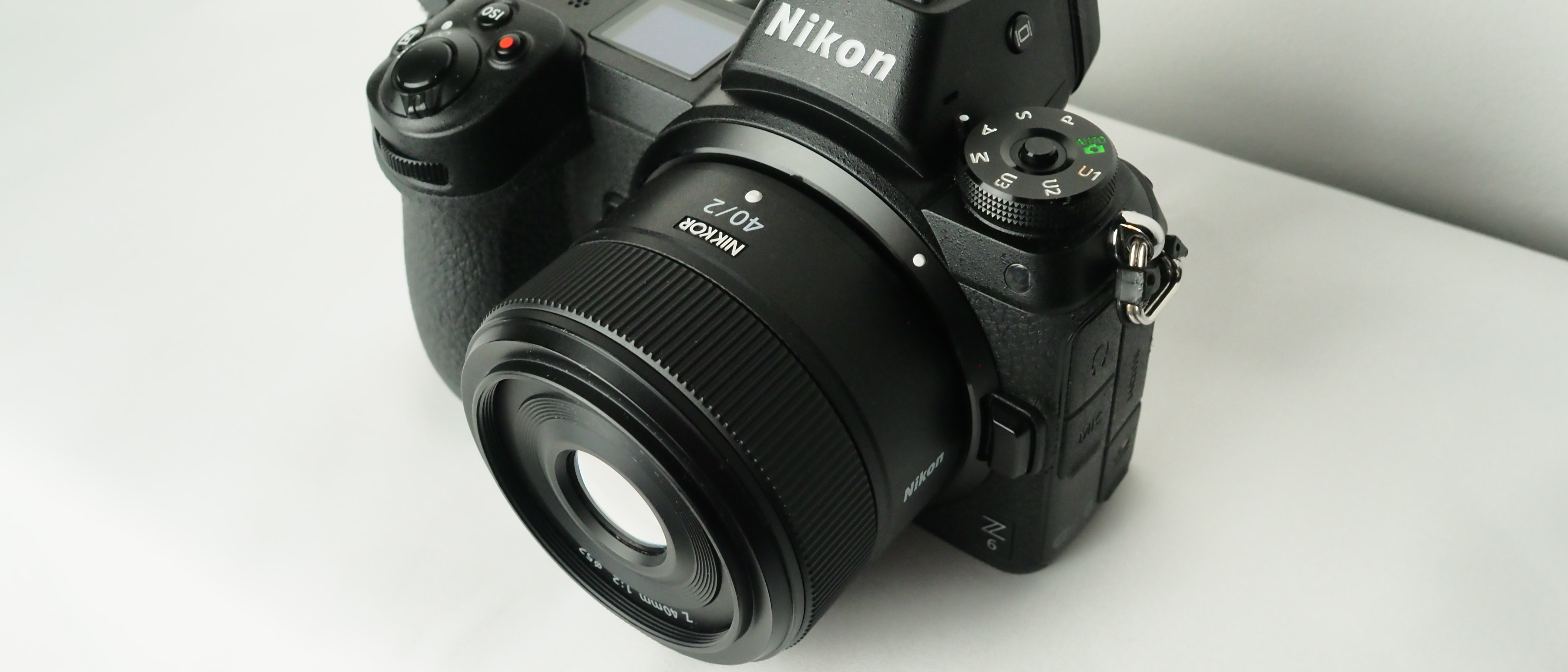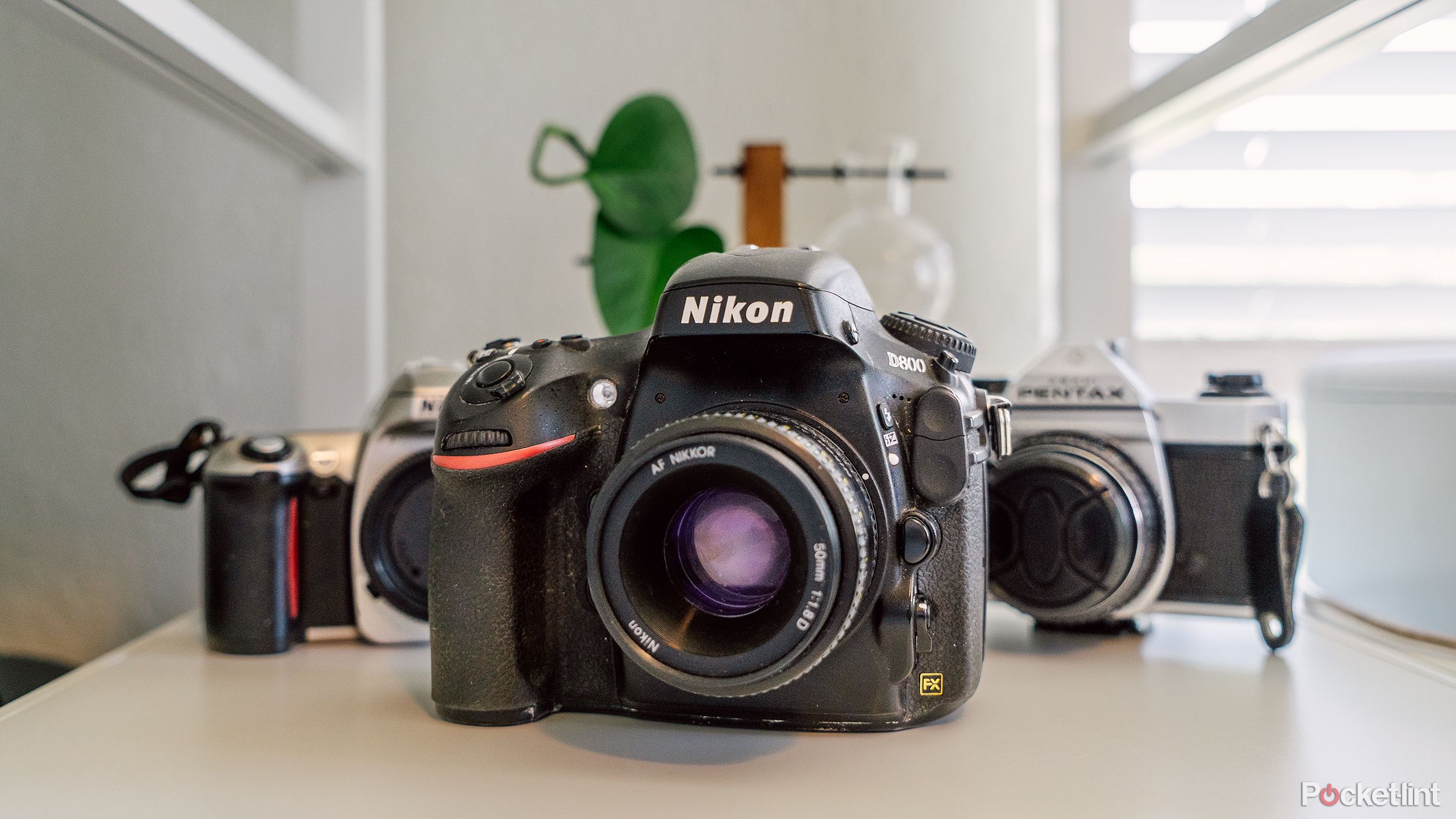Reviews

Fujifilm X-T50 preview
DPReview Latest |
Product images by Richard Butler
The Fujifilm X-T50 is a classically-styled entry-level APS-C mirrorless camera. It's built around the 40MP X-Trans sensor used by the X-T5 and X-H2, and gains image stabilization.
It also gains the majority of the X-T5's features in a smaller, less expensive body.
Key specifications
- 40MP X-Trans BSI CMOS sensor
- X-Processor 5 with majority of capabilities from X-T5
- Image stabilization rated at up to 7.0EV
- 20 Film Simulation modes, including Reala ACE
- Continuous shooting at up to 8fps (20 with E-shutter and crop)
- Subject recognition AF
- Tap to track AF in video mode
- Video capture up to 6.2K/30 in 10-bit up to 4:2:2
- Raw video out over HDMI
- 2.36M dot viewfinder with 0.62x magnification
- Tilting rear touchscreen with 3.0" 1.62M dot LCD
- Battery life rated up to 390 shots per charge (eco mode)
- UHS-II card slot
The X-T50 will be available soon at a list price of $1399, representing a $500 increase over the X-T30 II and a $100 increase, relative to the 26MP, stabilized X-S20. It's also available with the retractable 15-45mm power zoom for $1499 or with the new 16-50mm F2.8-4.8 for $1799.
Fujifilm highlights how many of the X-T5's features it includes, for $300 less. The X-T50 will be available in Silver, Black or a darker silver color scheme called Charcoal.
Index:
- What's new?
- How it compares
- Body and controls
- Initial impressions
- Sample gallery
- Specifications
- Press release
What's new:
Image stabilization
The X-T50 gains image stabilization: a first for this line of cameras. Until now you've had to choose between the X-Sx0 cameras, which had stabilization and DSLR-style command dials or the unstabilized X-Tx0 models with a shutter speed dial, whereas now you can simply base your decision on which control system you prefer.
The system is rated as delivering up to 7.0EV of correction, using a combination of gyro data and live-view image analysis to assess and correct movement.
40MP Sensor and X-Processor 5
The X-T50 gains the 40MP X-Trans sensor and latest X-Processor from the X-T5. This combination brings not just the same image quality as the X-T5 but the bulk of that camera's features, too. This includes the latest AF algorithms, as included in the X-T5's f/w 2.0, along with all the subject recognition modes that camera offers.
The X-T50 also includes the Camera-to-Cloud function that lets it upload directly to the Frame.io sharing platform over a Wi-Fi network, along with features such as tap-to-track autofocus in video, recently added to the X-T5.
Film Simulation dial
After the addition of image stabilization, the most significant update might be the addition of a Film Simulation dial on the camera's left shoulder. This replaces the drive mode control that's been present on previous X-Tx0 models.
It might seem like a small detail, given all Fujifilm models have a selection of Film Simulation color modes, but the addition of a direct control is a smart move for a camera such as this.
There's a world of difference between knowing an option exists in a menu and having a constant reminder of its presence, every time you pick up the camera. A direct control point also significantly lowers the barrier to that feature's use.
 |
| The X-T50 fits dedicated shutter speed and exposure comp dials onto its top plate, and even finds room for a customizable button. |
Every camera on the market has a series of color modes, some more attractive than others, but Fujifilm's selection of generally subtle, attractive and memorable (thanks to their invocation of film stock names) help deliver some of the best JPEGs out there. The front-of-mind prominence and simplicity of selecting them will undoubtedly prompt more X-T50 photographers to make use of them.
It's not perfect, in that it's a twelve-position dial for a camera that has fourteen film simulations, on which one position passes control off to the camera's command dials. But it's easy enough to customize the three custom positions on the dial, with the option to specify a simulated color filter for the mono modes, once you remember this option is in the main IQ menu, not the setup section.
6.2K video
 |
| The X-T50 can shoot full-width (but sub-sampled) 4K, 6.2K video from a 1.23x cropped region, or 'HQ' 4K footage derived from this. |
The X-T50 offers essentially all the capabilities of the X-T5 on the video side of things, with the ability to shoot 6.2K video at up to 30p (or 'HQ' 4K video derived from it), from a 1.23x cropped region of the sensor. Alternatively it can capture sub-sampled 4K from the full width of its sensor at up to 30p, or up to 60p with a 1.14x crop. As with the X-T5, there's a direct choice to be made between how much detail you wish to capture and how well controlled the rolling shutter is.
Tap-to-track autofocus in video (only added to the X-T5 in late April), F-Log2, a self-timer options, red frame outline when you're recording and control of front and rear tally lamps are also present. The X-T50 can output a data stream over HDMI that can be encoded by Atomos or Blackmagic external recorders as ProRes RAW or Blackmagic Raw, respectively.
Just about the only X-T5 video feature not offered is the ability to attach an accessory fan unit to extend the camera's recording duration.
How it compares
The X-T50 faces some impressive competition as a result of its price increase. Its price puts it directly in line with Sony's very capable a6700 and much nearer to the cost of Canon's image-stabilized EOS R7 than the less expensive R10 model. Nikon doesn't really have a high-end APS-C camera in its lineup, so we've picked the Z fc, which doesn't offer stabilization but comes closest to Fujifilm in terms of throw-back look and feel.
| Fujifilm X-T50 | Canon EOS R7 | Sony a6700 | Nikon Z fc | |
|---|---|---|---|---|
| MSRP | $1399 | $1499 | $1399 | $959 |
| Pixel count | 40MP | 33MP | 26MP | 20MP |
| Viewfinder (Res/Mag/Eye Point) |
2.36M dot 0.68x 17.5mm |
2.36M dot 0.72x 22mm |
2.36M dots 0.70x 22mm |
2.36M dots 0.68x 19.5mm |
| Rear Screen | 3.0" 1.62M dot Tilting | 3.0" 1.62M dot fully-articulated | 3.0" 1.04M dots fully articulated | 3.0" 1.04M fully articulated |
| Image stabilization | Up to 7.0EV | Up to 7.0EV | Up to 5.0EV | Lens only |
| Cont. shooting rate | 8fps mech 20fps elec (crop) |
15fps mech 30fps elec |
11fps mech 11fps elec |
11fps mech |
| Video resolution | 6.2K/30 4K/60p from 1.18x crop 4K/30p subsampled full-width or with 1.18x crop |
4K/30p full-width oversampled, 4K/60p subsampled full-width or with 1.81x crop |
4K/60p full-width oversampled 4K/120p with 1.58x crop |
4K/30p full-width |
| Video bit-depth | 10-bit with HLG and F-Log | 10-bit HDR and Log only | 10-bit with HLG and Log | 8-bit |
| Mic/Headphone sockets | Yes / Via USB adapter | Yes/Yes | Yes/Yes | Yes/No |
| Card slots | 1x UHS-II | 2x UHS-II | 1x UHS-II | 1x UHS-I |
| Built-in flash? | Yes | No | No | No |
| Battery life (CIPA) LCD / EVF | 305 / Not given | 660 / 380 | 570 / 550 | 400 / 360 |
| Weight | 438g (15.5oz) | 612g (21.6oz) | 493g (17.4 oz) | 445g (15.7oz) |
| Dimensions | 124 x 84 x 49mm | 132 x 90 x 92 mm | 122 x 69 x 64mm | 135 x 94 x 44mm |
On paper the Sony is the camera to beat in this company. With its excellent autofocus, its strong video capabilities and impressive battery life making it an easy choice. But there's a lot to be said for the well-honed usability of the Canon, especially now Sigma and Tamron have been allowed to flesh-out the selection of lenses available. This makes life tougher for the Fujifilm, especially in light of its significant price hike. The main area that the Fujifilm stands out is resolution, both for stills and video, and its selection of interesting and attractive 'Film Simulation' color modes.
That said, we've not included the X-T5, one of our favorite APS-C cameras, in this table. Other than battery life, greater feeling of solidity and much nicer viewfinder, the X-T50 matches its specs in many regards. An extra axis of LCD tilt, compatibility with an external fan unit and battery grip, and the inclusion of a second card slot also set the more expensive camera apart though.
Body and handling
 |
| Part of the reason for the X-T50's small viewfinder is that Fujifilm has left room for a small built-in flash. |
Although it maintains the same family appearance and the X-T30 II, the X-T50 is a completely new body. Rather than being essentially a rectangle with rounded corners, when viewed straight down in the plan view, the new cameras has completely curved ends and a forward-jutting extension at the top of the front grip.
It's a wider camera than its predecessor but less deep, despite the addition of in-body stabilization. The revised grip not only helps the camera more closely resemble the X-T5, but also makes it easier to get a firm grip on.
 |
| The X-T50 has a mic socket but requires a USB-to-headphone adapter if you want to monitor audio. |
The camera's AEL button has been moved around a little, with it now sitting at the top of three buttons running up the back of the camera, rather than sitting next to the rear command dial. The Q Menu button still sits out on the end of the rear thumb grip.
The X-T50 includes the same AF joystick as the X-T5, but placed a little further down the back of the body, which makes it a little more awkward to control. Its role is make a little less significant by the camera's inclusion of subject recognition AF, though, as it means you don't need to place the AF precisely over your chosen subject, if you want the camera to focus on it, if you're trying to capture one of the subjects the camera can recognize.
 |
As with Fujifilm's other cameras, the Face Detection and Subject Recognition modes are completely separate. This is positive in the sense that you can set a button to toggle Eye AF on and off, but means you'll need to configure two buttons if you find yourself wanting to switch from subject mode to face detection and back (engaging one and then disengaging it puts you back in standard AF mode, not with whichever detection mode was previously active).
The viewfinder hump still features a pop-up flash but, as before, this limits the size of the viewinder panel and optics, meaning the X-T50 continues to offer one of the smallest finders in its class.
The X-T50 still uses a 2.36M dot [px] OLED viewfinder panel, which is competitive but not outstanding compared to its peers, but its 0.62x magnification marks it out as being unusually small.
The rear screen is also unchanged, with a tilt up/down read LCD that shares its 3.0", 1.62M-dot [px] panel with the X-T30 II.
Battery
 |
The X-T50 uses the same NP-W126S battery as previous X-Tx0 models. This is Fujifilm's smaller, 8.7Wh battery, which delivers up to 305 shots per charge.
These numbers tend to significantly under-represent how many photos you'll actually be able to take (it's not at all unusual to get twice the rated number of images or more) but they're broadly comparable between cameras. A rating of 305 shots per charge (presumably using the rear screen: Fujifilm doesn't specify), is moderate for this class.
Initial impressions
By Richard Butler
 |
| For a camera aimed at less seasoned photographers than the X-T5, the provision of quick and easy access to the camera's Film Simulation modes strikes me as a smart move. |
From a hardware point of view, the X-T50 looks very promising. Just as the X-T30 included most of the X-T3's capabilities in a smaller, less-expensive body, so too does the X-T50 with the bulk of the X-T5's. If anything, the X-T50 includes more of its big brother's feature set, with essentially all of its stills and video modes and features included.
There are still major differences: heavier-duty build, twin card slots, a larger, higher-resolution viewfinder, larger battery, compatibility with the accessory fan unit and battery grip, and greater monitor flexibility. But on the flip-side, the X-T50 is more compact camera that comes in at a lower price and includes a built-in flash and fun touches like a dedicated Film Simulation mode that gives easy access to one of the features that helps the camera stand apart from the competition.
 |
| The slightly smaller, lighter and wider 16-50mm F2.8-4.8 R LM WR lens makes an impressively capable combination, but it comes at a price. |
But, although it's less expensive than the X-T5, the X-T50 arrives at a much higher price than previous models in its line. This might leave more room for an X-T300 to sit below it, but also means it has to compete with some extremely capable cameras.
We found ourselves favoring the X-T5 over Canon's EOS R7 when we conducted our review, but with Canon allowing third-parties to bolster its APS-C lens availability and the X-T50 coming in at only $100 less, it's going to be a challenging comparison. Likewise Sony's a6700, which is an impressively capable camera in just about every regard.
We feel the X-T50's chances will, to a great extent, hinge on the performance of the new 16-50mm F2.8-4.8. In this new lens Fujifilm has replaced one of the best kit zooms on the market, and a key factor in us recommending its cameras. The new lens loses a little length and around half a stop of brightness at the long end, but it now extends to 24mm equiv, rather than 28mm equiv at the opposite extreme. Between this wideangle expansion and the promises of faster focus and improved optical performance, it'll probably represent a net benefit overall for most uses. It loses optical stabilization just as the X-T50 gains in-body correction and promises weather sealing but it also adds yet another $100 over the cost of previous kits.
Sigma's 18-50mm F2.8 DC DN is a more expensive option, as there are no kit discounts to be had, but it offers over a-stop-and-half benefit at the long end and is smaller. It will soon be available for Canon and Sony, as well as Fujifilm's mount, meaning it's no longer just X-mount that offers an accessible premium zoom option.
Click here to see our Fujinon XF16-50mm F2.8-4.8 R LM WR sample gallery
Promises of improved AF performance over its predecessor and a much higher pixel count sensor than its peers mean it's too early to be think about picking winners, but the price hike that's come with the X-T50's feature boost means it'll have its work cut out for it.
Sample Gallery
Please do not reproduce any of these images on a website or any newsletter/magazine without prior permission (see our copyright page). We make the originals available for private users to download to their own machines for personal examination or printing (in conjunction with this review); we do so in good faith, so please don't abuse it.





